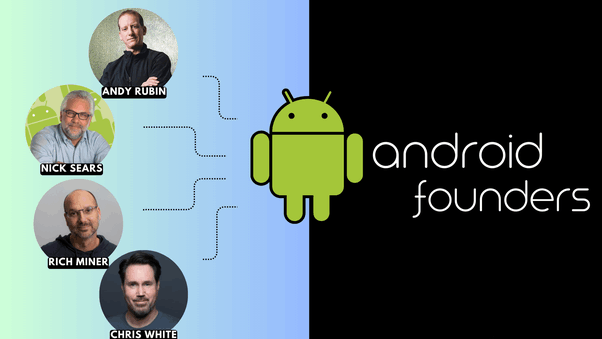Android Timeline
The version history of the Android mobile operating system began with the public release of its first beta on November 5, 2007. The first commercial version, Android 1.0, was released on September 23, 2008. The operating system is developed by Google on a yearly cycle since at least 2011. New major releases are announced at Google I/O along with its first public beta to supported Google Pixel devices. The stable version is then released later in the year.
2024
Android 15
Android 15 is an upcoming major release of the Android mobile operating system. With the release of the first developer preview in February 2024, Google expects the platform to reach beta stage in April 2024 with a final release expected in Q3 2024.
Android 15 is internally codenamed "Vanilla Ice Cream''.
The first developer preview (also known as DP1) for Android 15 was released on 16 February 2024. The second developer preview (DP2) was released on 21 March 2024.
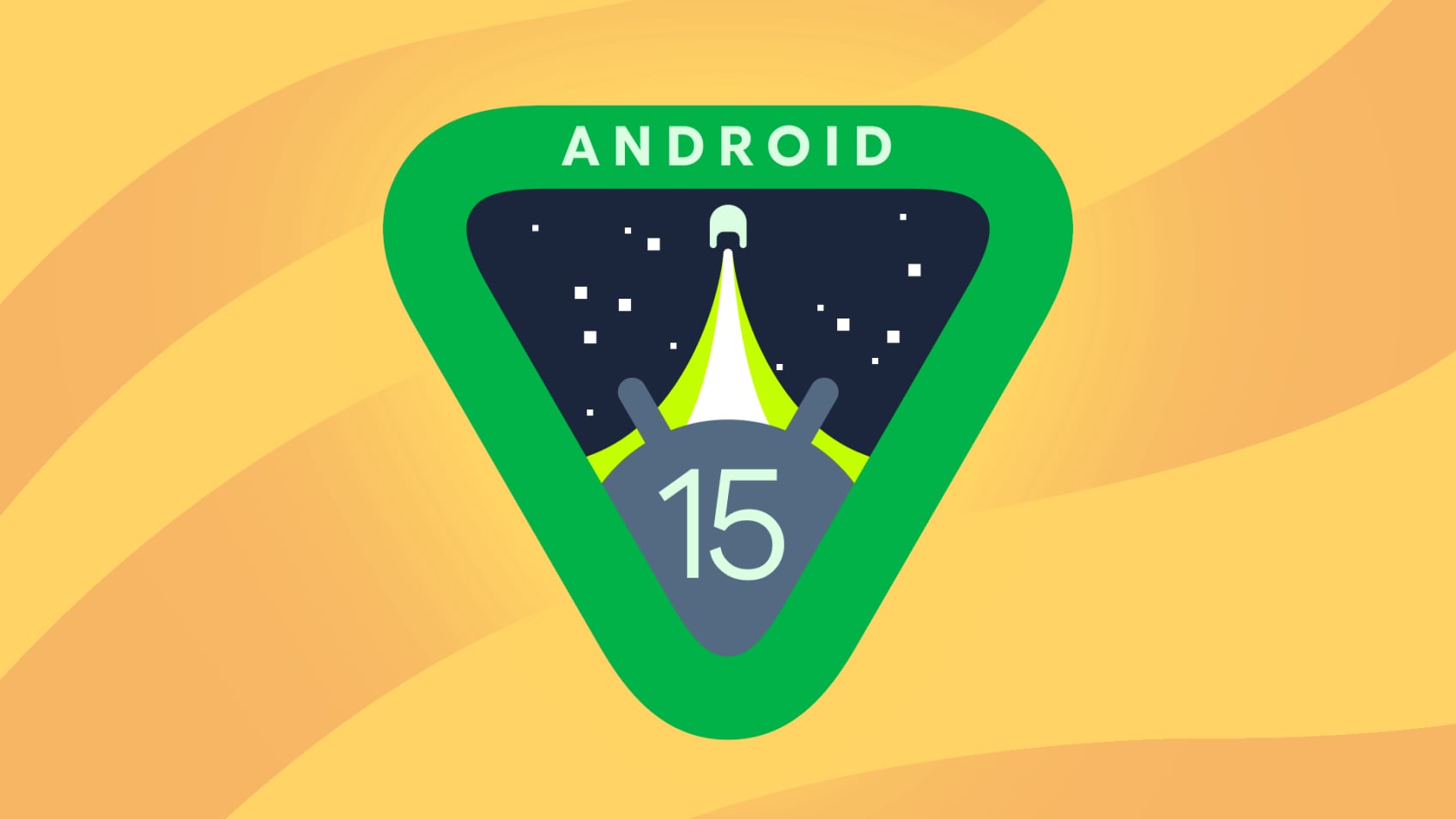
2023, October 4
Android 14
Android 14 is the fourteenth major release and the 21st version of Android, the mobile operating system developed by the Open Handset Alliance led by Google. It was released to the public and the Android Open Source Project (AOSP) on October 4, 2023. The first devices to ship with Android 14 are the Pixel 8 and Pixel 8 Pro.
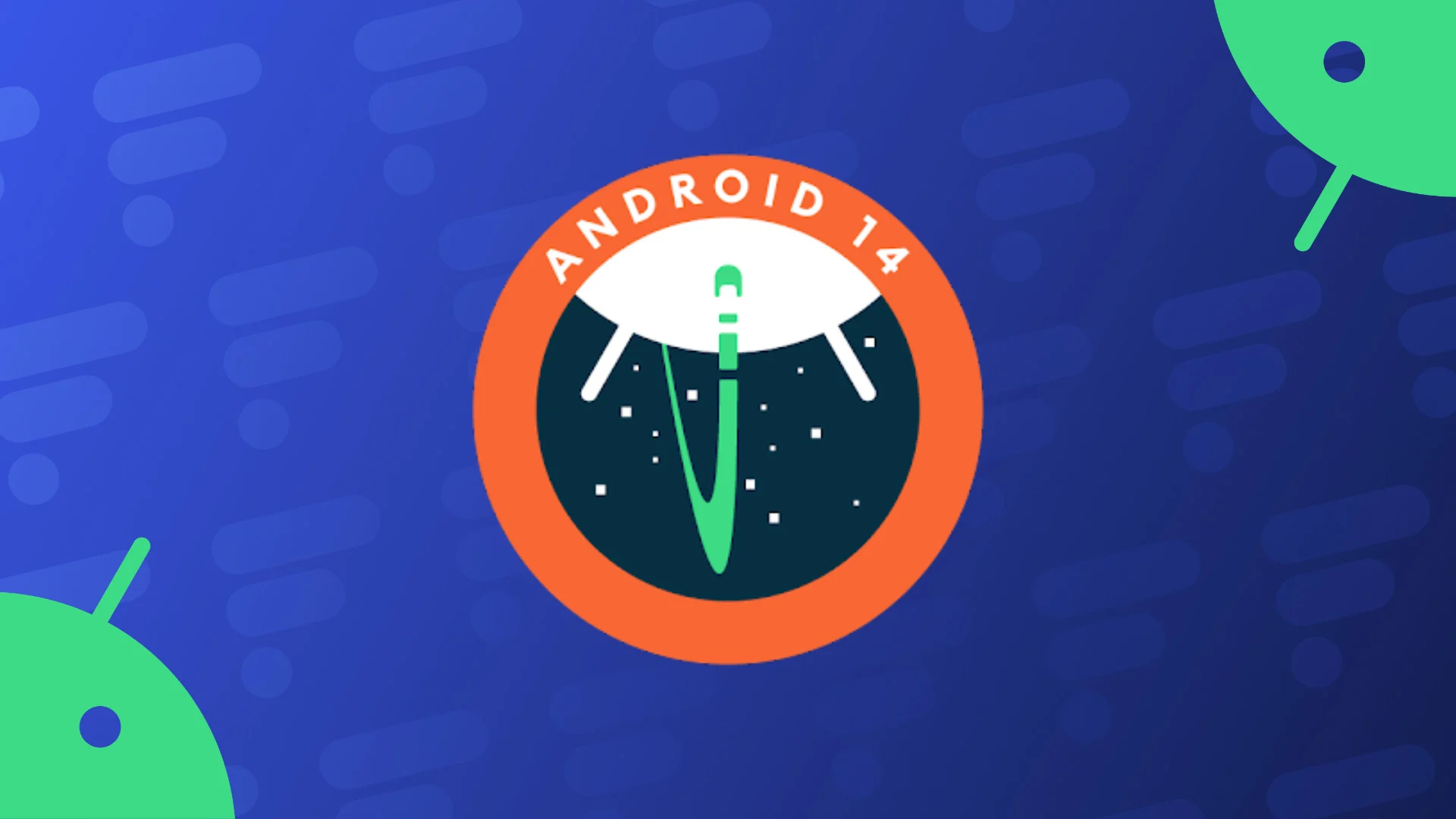
2022, August 15
Android 13
Android 13 is the thirteenth major release and the 20th version of Android, the mobile operating system developed by the Open Handset Alliance led by Google. It was released to the public and the Android Open Source Project (AOSP) on August 15, 2022. The first devices to ship with Android 13 were the Pixel 7 and 7 Pro.
As of February 2024, 29% of Android devices run Android 13, making it the most widely-used version of Android.
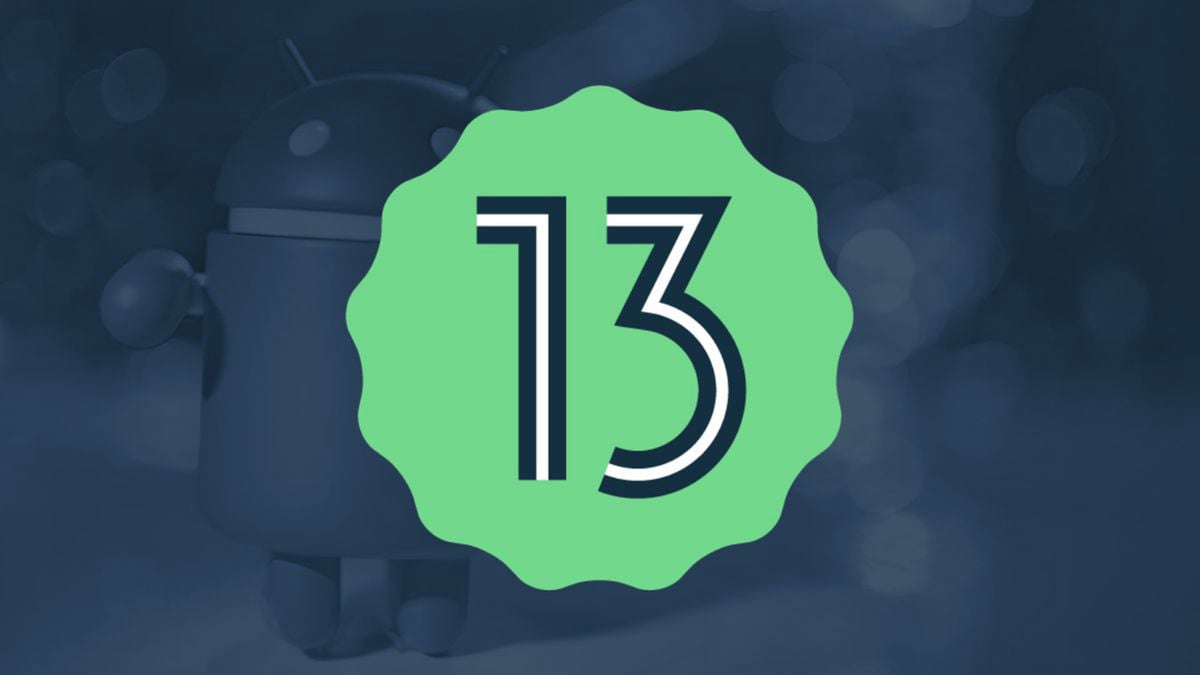
2022, March 7
Android 12L
In October 2021, Google announced Android 12L, an interim release of Android 12 including improvements specific for foldable phones, tablets, desktop-sized screens and Chromebooks, and modifications to the user interface to tailor it to larger screens. It was planned to launch in early 2022. Developer Preview 1 of Android 12L was released in October 2021, followed by Beta 1 in December 2021, Beta 2 in January 2022, and Beta 3 in February 2022. The stable version of Android 12L was released for devices with large screens on March 7, 2022, and was released as "Android 12.1" for Pixel smartphones on the same date, besides the Pixel 6 & Pixel 6 Pro.
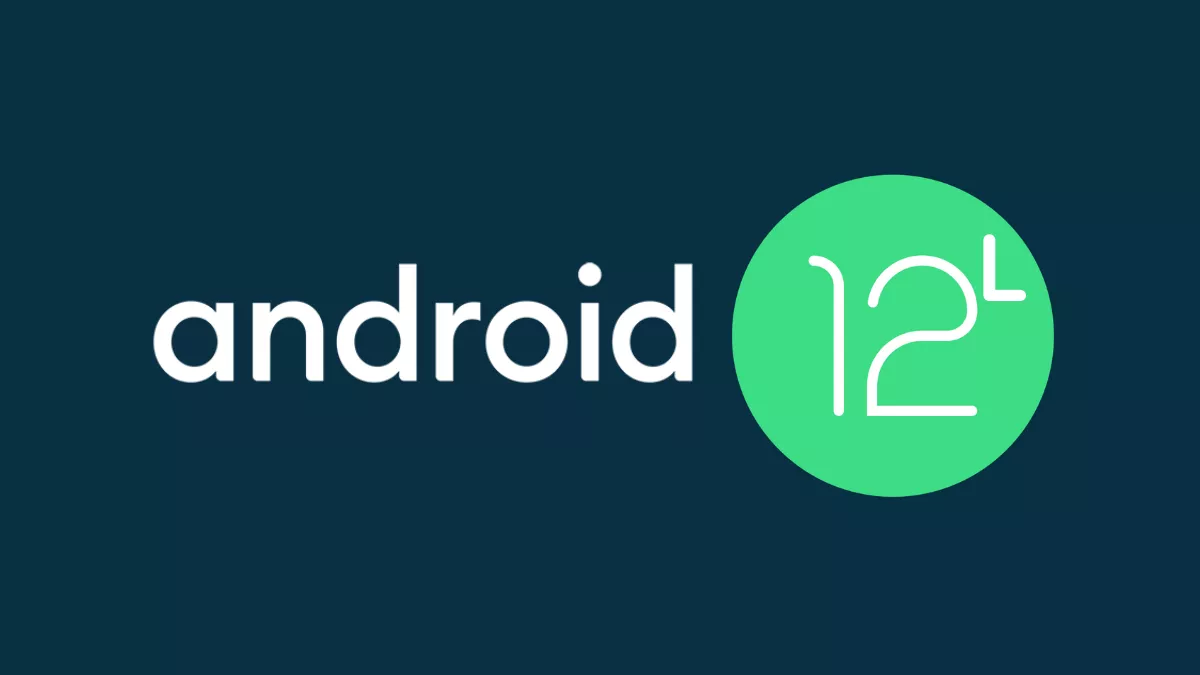
2021, October 4
Android 12
Android 12 is the twelfth major release and 19th version of Android, the mobile operating system developed by the Open Handset Alliance led by Google. The first beta was released on May 18, 2021. Android 12 was released publicly on October 4, 2021, through Android Open Source Project (AOSP) and was released to supported Google Pixel devices on October 19, 2021.
As of November 2023, Android 12 is the 2nd most widely-used version of Android, with 18% market share (slightly ahead of Android 11, but far behind Android 13), with 682 million devices. The first phones to have Android 12 were the Google Pixel 6 and 6 Pro.

2020, September 8
Android 11
Android 11 is the eleventh major release and 18th version of Android, the mobile operating system developed by the Open Handset Alliance led by Google. It was released on September 8, 2020. The first phone launched in Europe with Android 11 was the Vivo X51 5G and after its full stable release, the first phone in the world which came with Android 11 after Google Pixel 5 was OnePlus 8T.
Since Android 11, apps can no longer access files in any other app's directory within storage (likewise to "Android/Data").
As of February 2024, 16.57% of all smartphones & tablets ran Android 11 (no longer receiving security updates), making it the third most common version.
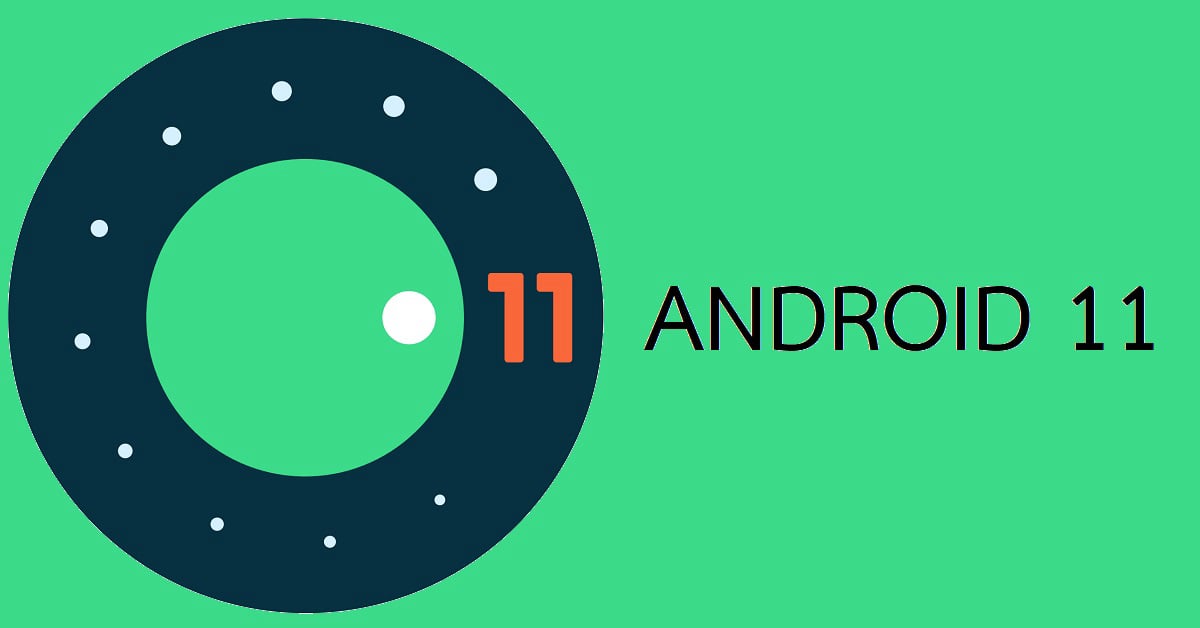
2019, September 3
Android 10
Android 10 (codenamed Android Q during development) is the tenth major release and the 17th version of the Android mobile operating system. It was first released as a developer preview on March 13, 2019, and was released publicly on September 3, 2019.
Android 10 was officially released on September 3, 2019, for supported Google Pixel devices, as well as the third-party Essential Phone and Redmi K20 Pro in selected markets. The OnePlus 7T was the first device with Android 10 pre-installed. In October 2019, it was reported that Google's certification requirements for Google Mobile Services will only allow Android 10-based builds to be approved after January 31, 2020.
As of November 2023, 9.2% of Android devices (mobile & tablet) ran Android 10 (which has ceased receiving security updates in March), making it the 4th most common Android version.
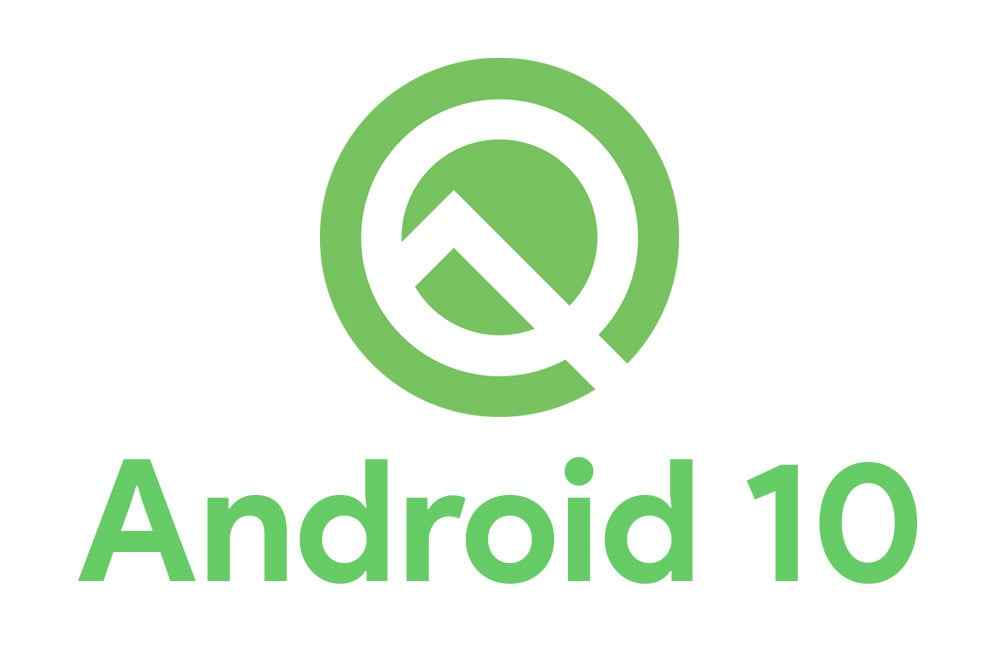
2018, August 6
Android Pie
Android Pie (codenamed Android P during development), also known as Android 9 (API 28) is the ninth major release and the 16th version of the Android mobile operating system. It was first released as a developer preview on March 7, 2018, and was released publicly on August 6, 2018.
On August 6, 2018, Google officially announced the final release of Android 9 under the title "Pie", with the update initially available for current Google Pixel devices, and releases for Android One devices and others to follow "later this year". The Essential Phone was the first third-party Android device to receive an update to Pie, notably coming day-and-date with its final release. The Sony Xperia XZ3 was the first device with Android Pie pre-installed.
As of November 2023, 6.6% of all Android devices ran Android Pie, whose final security update was released on January 4, 2022.
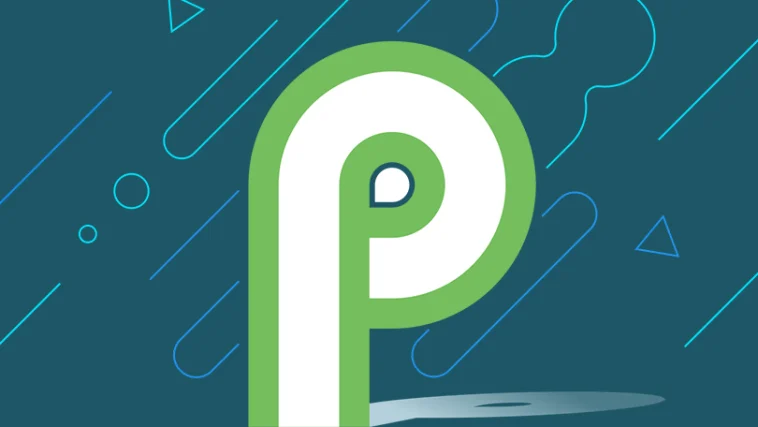
2017, August 21
Android Oreo
Android Oreo (codenamed Android O during development) is the eighth major release and the 15th version of the Android mobile operating system. It was initially unveiled as an alpha quality developer preview in March 2017 and later made available to the public, on August 21, 2017.
It contains a number of major features, including notification channels, picture-in-picture support for video, performance improvements, and battery usage optimization, and support for autofillers, Bluetooth 5, system-level integration with VoIP apps, wide color gamuts, and Wi-Fi Aware. Android Oreo also introduces two major platform features: Android Go – a software distribution of the operating system for low-end devices – and support for implementing a hardware abstraction layer.
As of August 2023, Android Oreo (which has ceased receiving security updates as of October 2021) ran on a combined 4.36% of Android devices (1.07% on Android 8.0 and 3.21% on Android 8.1).
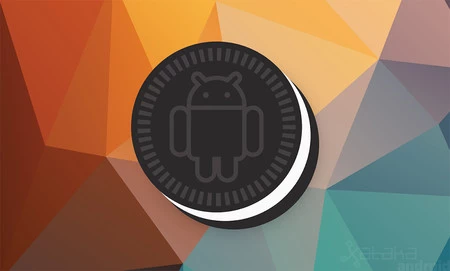
2016, August 22
Android Nougat
Android Nougat (codenamed Android N during development) is the seventh major version and 14th original version of the Android operating system. First released as an alpha test version on March 9, 2016, it was officially released on August 22, 2016, with Nexus devices being the first to receive the update. The LG V20 was the first smartphone released with Nougat.
Nougat introduces notable changes to the operating system and its development platform, including the ability to display multiple apps on-screen at once in a split-screen view, support for inline replies to notifications, and an expanded Doze power-saving mode that restricts device functionality once the screen has been off for a period of time. Additionally, the platform switched to an OpenJDK-based Java environment and received support for the Vulkan graphics rendering API, and seamless system updates on supported devices.
Nougat received positive reviews. The new app notification format received particular praise; while the multitasking interface was seen as a positive change, reviewers experienced that several apps were incompatible with the feature. Critics had mixed experiences with the Doze power-saving mode, but faster app installs and tweaks to the user interface were also reviewed positively.
As of December 2022, 4.02% of devices ran Android Nougat, with 1.6% on 7.1.x and 2.42% on 7.0. Android Nougat went unsupported with no more security updates after October 2019.
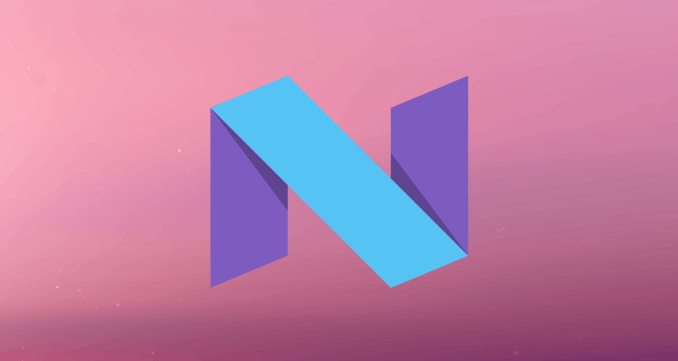
2015, October 2
Android Marshmallow
Android Marshmallow (codenamed Android M during development) is the sixth major version of the Android operating system developed by Google, being the successor to Android Lollipop. It was announced at Google I/O on May 28, 2015, and released the same day as a beta, before being officially released on September 29, 2015. It was succeeded by Android Nougat on August 22, 2016.
Android Marshmallow primarily focuses on improving the overall user experience of its predecessor. It introduced a new opt-in permissions architecture, new APIs for contextual assistants (first used by a new feature "Now on Tap" to provide context-sensitive search results), a new power management system that reduces background activity when a device is not being physically handled, native support for fingerprint recognition and USB-C connectors, the ability to migrate data and applications to a microSD card, and other internal changes.
Android Marshmallow was met by low adoption numbers, with 13.3% of Android devices running Marshmallow by July 2016. Usage of Marshmallow steadily increased since then, and by August 2017, 35.21% of Android devices ran Marshmallow, before receding. As of November 2023, 1.4% of Android devices ran Marshmallow. Security updates for Marshmallow ended in October 2017.
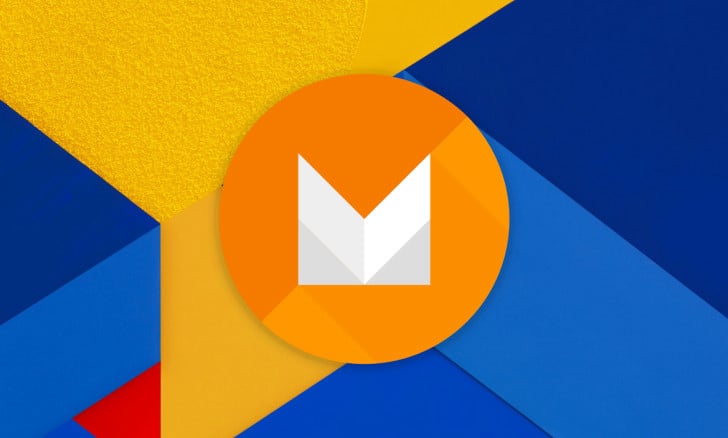
2014, November 4
Android Lollipop
Android Lollipop (codenamed Android L during development) is the fifth major version of the Android mobile operating system developed by Google and the 12th version of Android, spanning versions between 5.0 and 5.1.1. Unveiled on June 25, 2014 at the Google I/O 2014 conference, it became available through official over-the-air (OTA) updates on November 12, 2014, for select devices that run distributions of Android serviced by Google (such as Nexus and Google Play edition devices). Its source code was made available on November 3, 2014. The first phone with Android Lollipop was the Nexus 6.
One of the most prominent changes in the Lollipop release is a redesigned user interface built around a design language known as Material Design, which was made to retain a paper-like feel to the interface. Other changes include improvements to the notifications, which can be accessed from the lockscreen and displayed within applications as top-of-the-screen banners. Google also made internal changes to the platform, with the Android Runtime (ART) officially replacing Dalvik for improved application performance, and with changes intended to improve and optimize battery usage.
As of December 2022, 1.21% devices run Lollipop 5.1 (API 22). However, this figure is misleading, as on tablets Android 5.1 is much more popular than it is on phones, being ranked 6th of all Android versions at 5.79% as of November 2023. As of April 2024 Lollipop is the oldest version of Android still supported by Google Play Services.
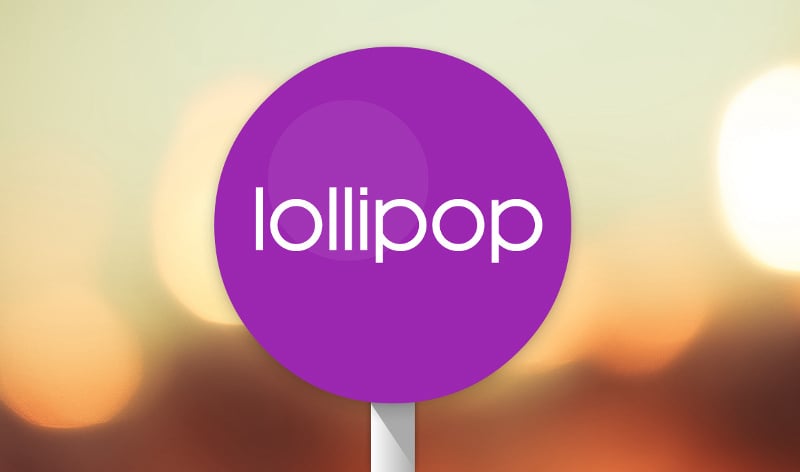
2013, October 31
Android KitKat
Android KitKat is the codename for the eleventh Android mobile operating system, representing release version 4.4. Unveiled on September 3, 2013, KitKat focused primarily on optimizing the operating system for improved performance on entry-level devices with limited resources. The first phone with Android KitKat was the Nexus 5.
As of October 2022, 1.39% of Android devices run KitKat. On July 24, 2023, Google announced that Google Play Services would no longer support KitKat in August of that year.
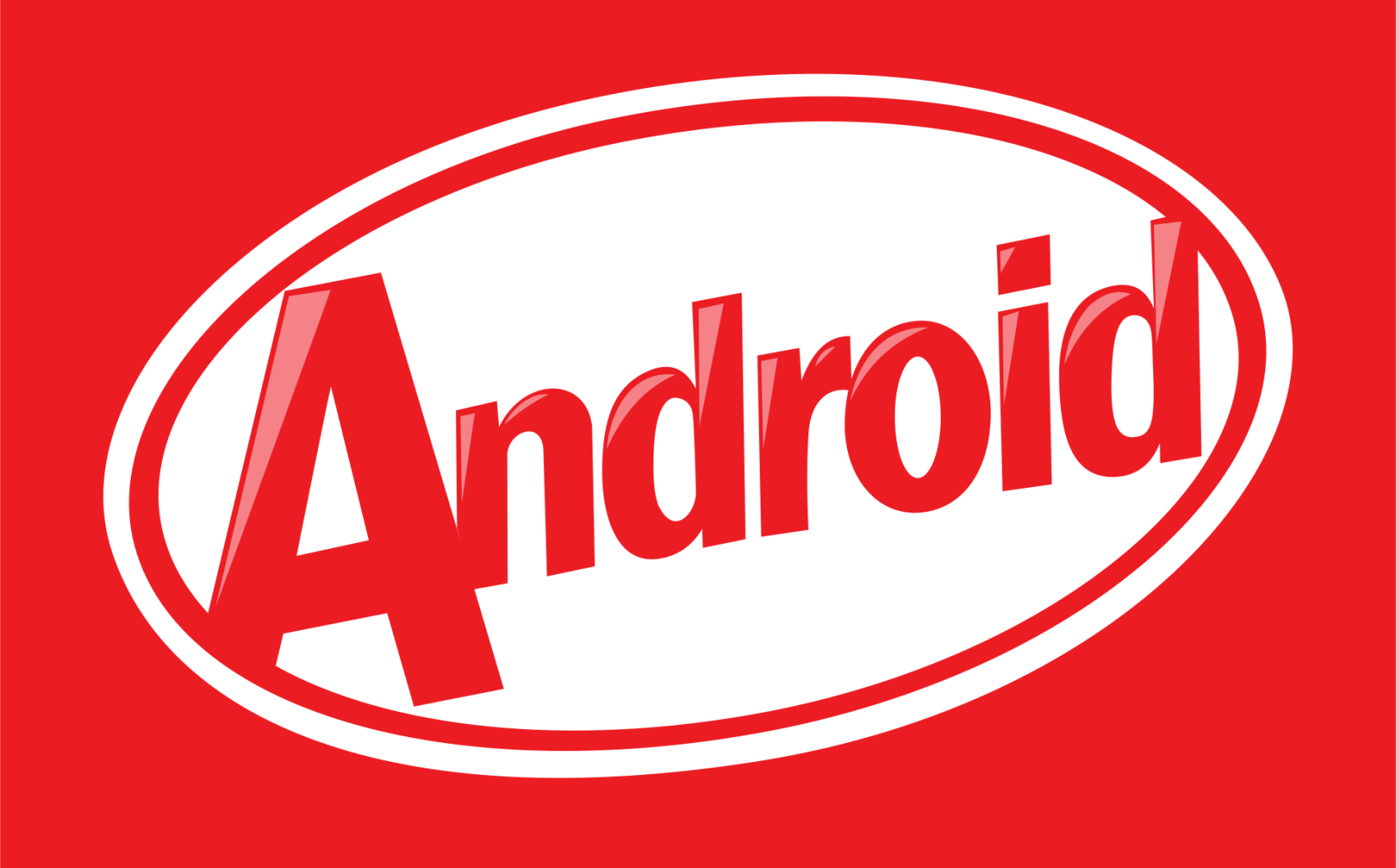
2012, July 9
Android Jelly Bean
Android Jelly Bean (Android 4.1, 4.2, 4.3) is the codename given to the tenth version of the Android mobile operating system developed by Google, spanning three major point releases (versions 4.1 through 4.3.1). Among the devices that launched with Android 4.1 to 4.3 are the Nexus 7 (2012), Nexus 4, Nexus 10, Nexus 7 (2013), and Hyundai Play X.
The first of these three releases, 4.1, was unveiled at Google's I/O developer conference in June 2012. It focused on performance improvements designed to give the operating system a smoother and more responsive feel, improvements to the notification system allowing for expandable notifications with action buttons, and other internal changes. Two more releases were made under the Jelly Bean name in October 2012 and July 2013 respectively, including 4.2—which included further optimizations, multi-user support for tablets, lock screen widgets, quick settings, and screensavers, and 4.3—which contained further improvements and updates to the underlying Android platform. The first device with Android Jelly Bean was the 2012 Nexus 7.
As of October 2022, 0.36% of Android devices run Jelly Bean. In July 2021, Google announced that Google Play Services would no longer support Jelly Bean after August of that year.
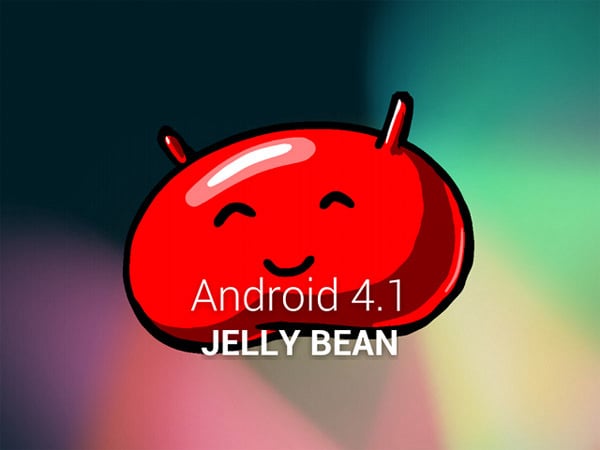
2011, October 18
Android Ice Cream Sandwich
Android Ice Cream Sandwich (or Android 4.0) is the fourth major version of the Android mobile operating system developed by Google. Unveiled on October 19, 2011, Android 4.0 builds upon the significant changes made by the tablet-only release Android Honeycomb, in an effort to create a unified platform for both smartphones and tablets. The first phone with Android Ice Cream Sandwich was Samsung Galaxy Nexus.
Android 4.0 was focused on simplifying and modernizing the overall Android experience around a new set of human interface guidelines. As part of these efforts, it introduced a new visual appearance codenamed "Holo", which is built around a cleaner, minimalist design, and a new default typeface named Roboto. It also introduced a number of other new features, including a refreshed home screen, near-field communication (NFC) support and the ability to "beam" content to another user using the technology, an updated web browser, a new contacts manager with social network integration, the ability to access the camera and control music playback from the lock screen, visual voicemail support, face recognition for device unlocking ("Face Unlock"), the ability to monitor and limit mobile data usage, and other internal improvements.
Android 4.0 received positive reviews by critics, who praised the cleaner, revamped appearance of the operating system in comparison to previous versions, along with its improved performance and functionality. However, critics still felt that some of Android 4.0's stock apps were still lacking in quality and functionality in comparison to third-party equivalents, and regarded some of the operating system's new features, particularly the "face unlock" feature, as being gimmicks.
As of October 2022, statistics issued by Google indicate that 0.15% of all Android devices accessing Google Play run Ice Cream Sandwich.

2011, February 22
Android Honeycomb
Android Honeycomb is the codename for the third major version of Android, designed for devices with larger screen sizes, particularly tablets, however has been unofficially ported to the Nexus One. It is the eighth version of Android and is no longer supported. Honeycomb debuted with the Motorola Xoom in February 2011. Besides the addition of new features, Honeycomb introduced a new so-called "holographic" user interface theme and an interaction model that built on the main features of Android, such as multitasking, notifications and widgets.
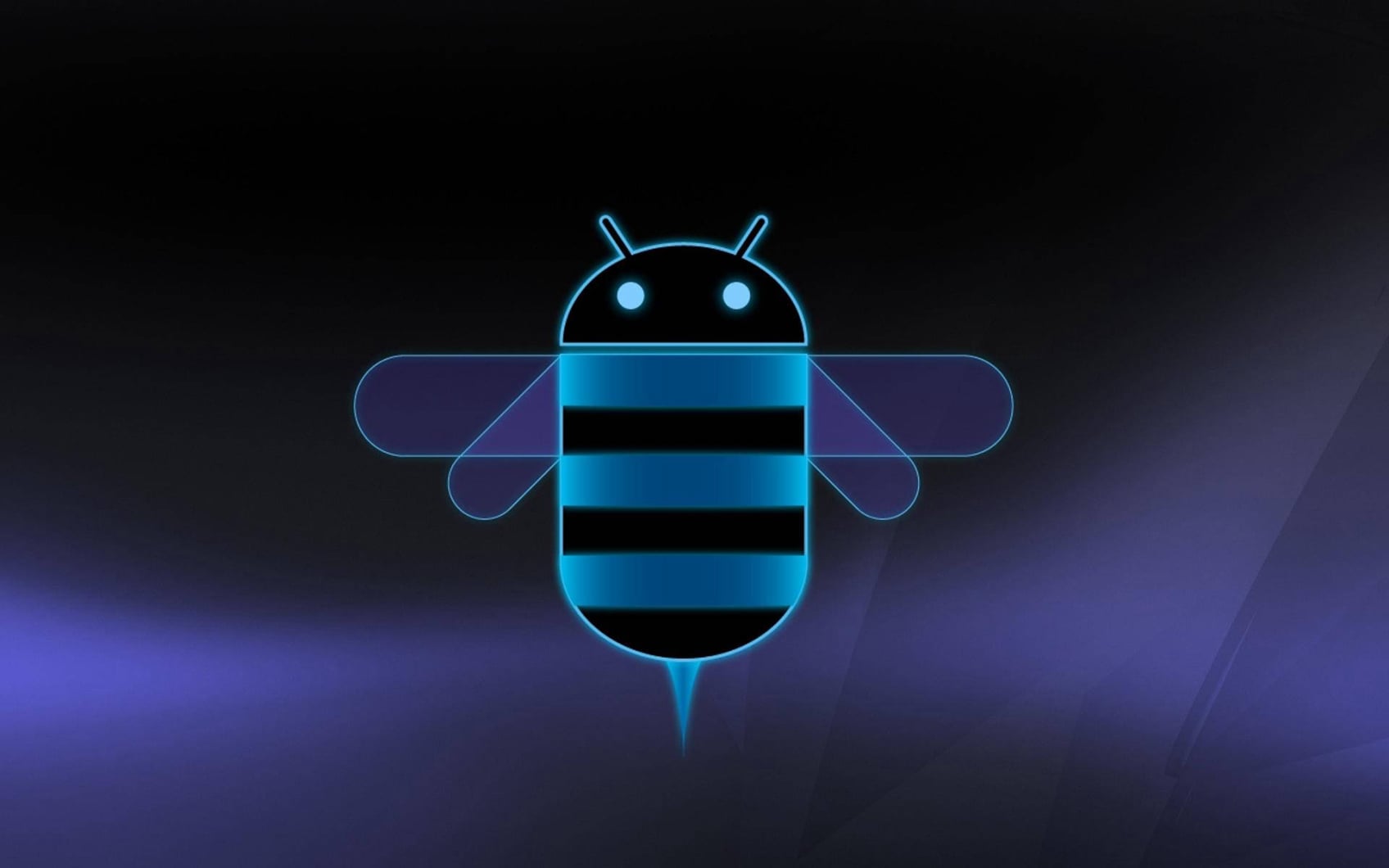
2010, December 6
Android Gingerbread
Android 2.3 Gingerbread is the seventh version of Android, a codename of the Android mobile operating system developed by Google and released in December 2010, for versions that are no longer supported.

2010, May 20
Android Froyo
Android Froyo is the sixth version of Android and is a codename of the Android mobile operating system developed by Google, spanning versions between 2.2 and 2.2.3. Those versions are no longer supported.

2009, October 27
Android Eclair
Android Eclair is a codename of the Android mobile operating system developed by Google, the fifth operating system for Android and the second major release of Android. Eclair spans the versions 2.0.x and 2.1. Unveiled on October 26, 2009, Android Eclair builds upon the significant changes made in Android 1.6 "Android Donut". The first phone with Android Eclair was the Motorola Droid. Google ceased Android Market support for Android Eclair on June 30, 2017.
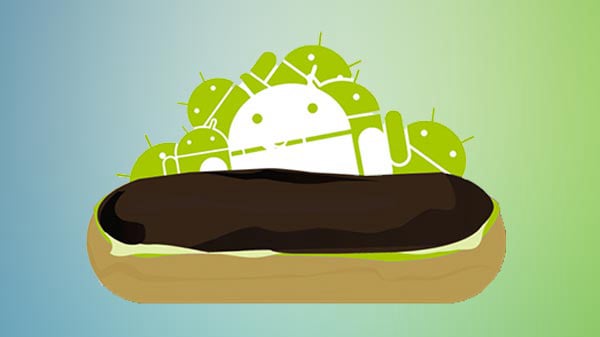
2009, September 15
Android Donut
Android 1.6 Donut is the fourth version of the open source Android mobile operating system developed by Google. Among the more prominent features introduced with this update were added support for CDMA smartphones, additional screen sizes, a battery usage indicator, and a text-to-speech engine.
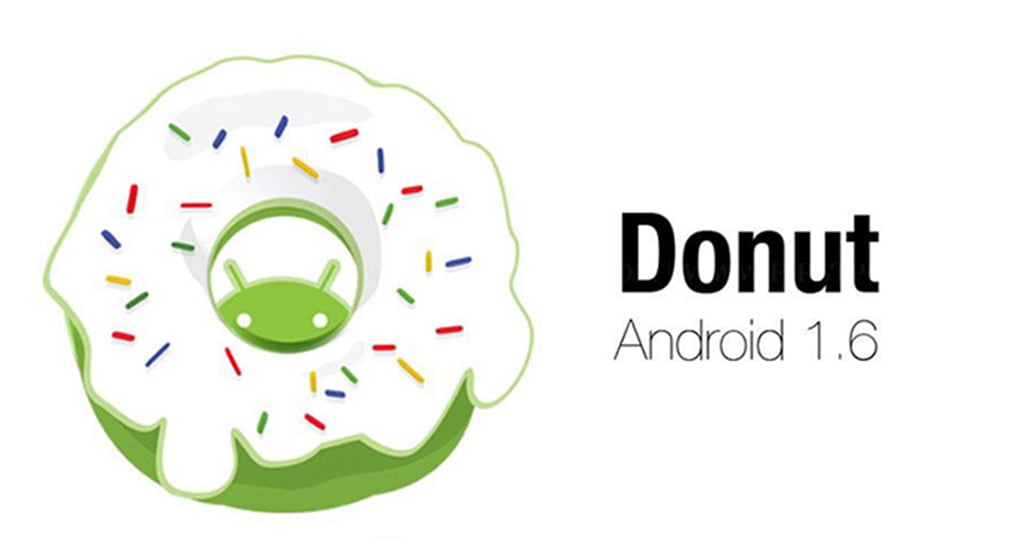
2009, April 27
Android Cupcake
Android Cupcake is the third version of the Android operating system, developed by Google, being the successor to Android 1.1. It was released on April 27, 2009 and succeeded by Android Donut on September 15, 2009.
Android Cupcake introduces a new virtual keyboard, marking a departure from the physical keyboard present on the HTC Dream and support for stereo Bluetooth. Cupcake improved features to its in-built apps; videos can be directly uploaded to YouTube, as can photos to Picasa, the Gmail app supports batch actions, and the web browser was updated to include a new JavaScript engine and copy and pasting. Android Cupcake was the first major release of Android to use a confectionary-themed naming scheme, a scheme that continued until the release of Android 10 in 2019.
By July 2010, Android Cupcake constituted less than a quarter of active devices running Android. User adoption of Android Cupcake began to decrease in the following months, with 4.7% of devices using Android Cupcake by January 2011. On June 30, 2017, Google ceased support for Android Market on Cupcake.

2009, February 9
Android 1.1
On February 9, 2009, the Android 1.1 update was released, initially for the HTC Dream only. Android 1.1 was known as "Petit Four" internally, though this name was not used officially. The update resolved bugs, changed the Android API and added a number of features:
- Details and reviews available when a user searches for businesses on Maps.
- Longer in-call screen timeout by default when using the speakerphone, plus the ability to show/hide the dialpad.
- Ability to save attachments in messages.
- Support added for marquee in system layouts.
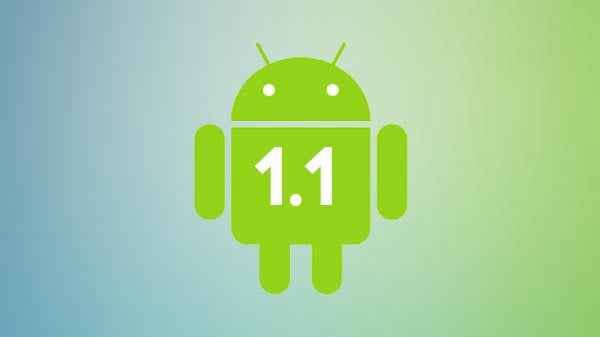
2008, September 23
Android 1.0
Android 1.0, the first commercial version of the software, was released on September 23, 2008. The first commercially available Android device was the HTC Dream. Android 1.0 incorporated the following features:
- Android Market, allowing application downloads and updates through the Market application.
- Web browser to show, zoom and pan full HTML and XHTML web pages – multiple pages show as windows ("cards").
- Camera support – however, this version lacked the option to change the camera's resolution, white balance, quality, etc.
- Folders allowing the grouping of a number of application icons into a single folder icon on the Home screen.
- Access to web email servers, supporting POP3, IMAP4, and SMTP.
- Gmail synchronization with the Gmail application.
- Google Contacts synchronization with the People application.
- Google Calendar synchronization with the Calendar application.
- Google Maps with Street View to view maps and satellite imagery, as well as find local businesses and obtain driving directions using GPS.
- Google Sync, allowing management of over-the-air synchronization of Gmail, People, and Calendar.
- Google Search, allowing users to search the Internet and phone applications, contacts, calendar, etc.
- Google Talk instant messaging.
Instant messaging, text messaging, and MMS.
- Media Player, enabling management, importing, and playback of media files – however, this version lacked video and stereo Bluetooth support.
- Notifications appear in the Status bar, with options to set ringtone, LED or vibration alerts.
- Voice Dialer allows dialing and placing of phone calls without typing a name or number.
- Wallpaper allows the user to set the background image or photo behind the Home screen icons and widgets.
- YouTube video player.
- Other applications include: Alarm Clock, Calculator, Dialer (Phone), Home screen (Launcher), Pictures (Gallery), and Settings.
- Wi-Fi and Bluetooth support.
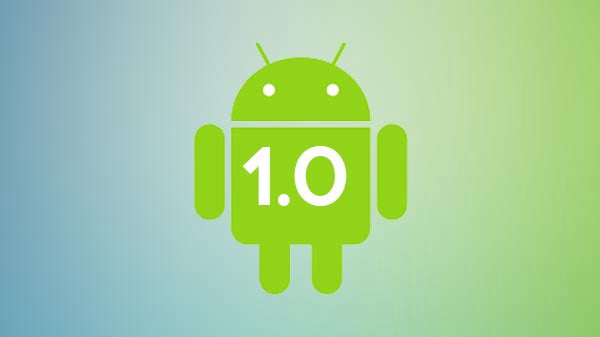
2008
Touchscreen
By 2008, both Nokia and BlackBerry announced touch-based smartphones to rival the iPhone 3G, and Android's focus eventually switched to just touchscreens.
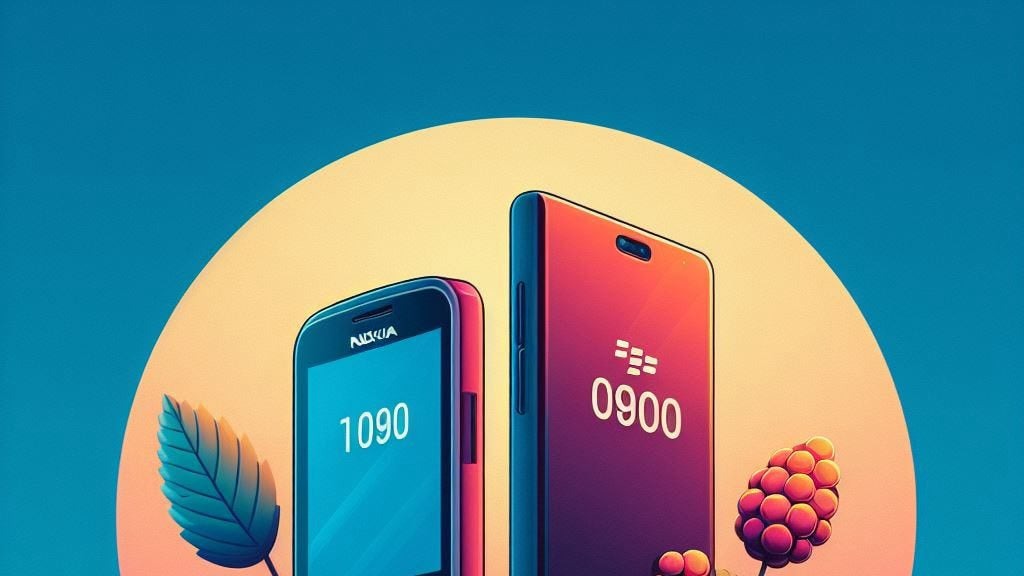
2006, December
Prototype
Speculation about Google's intention to enter the mobile communications market continued to build through December 2006. An early prototype had a close resemblance to a BlackBerry phone, with no touchscreen and a physical QWERTY keyboard, but the arrival of 2007's Apple iPhone meant that Android "had to go back to the drawing board". Google later changed its Android specification documents to state that "Touchscreens will be supported", although "the Product was designed with the presence of discrete physical buttons as an assumption, therefore a touchscreen cannot completely replace physical buttons".
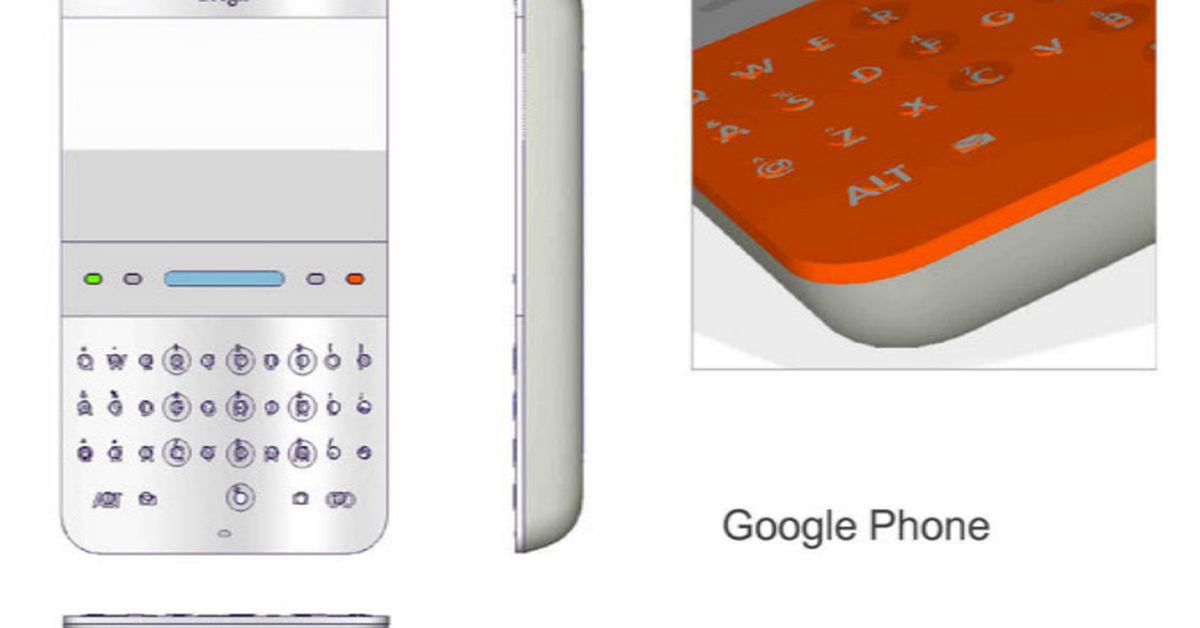
2005, July
In 2005, Rubin tried to negotiate deals with Samsung and HTC. Shortly afterwards, Google acquired the company in July of that year for at least $50 million; this was Google's "best deal ever" according to Google's then-vice president of corporate development, David Lawee, in 2010. Android's key employees, including Rubin, Miner, Sears, and White, joined Google as part of the acquisition. Not much was known about the secretive Android Inc. at the time, with the company having provided few details other than that it was making software for mobile phones. At Google, the team led by Rubin developed a mobile device platform powered by the Linux kernel. Google marketed the platform to handset makers and carriers on the promise of providing a flexible, upgradeable system. Google had "lined up a series of hardware components and software partners and signaled to carriers that it was open to various degrees of cooperation".
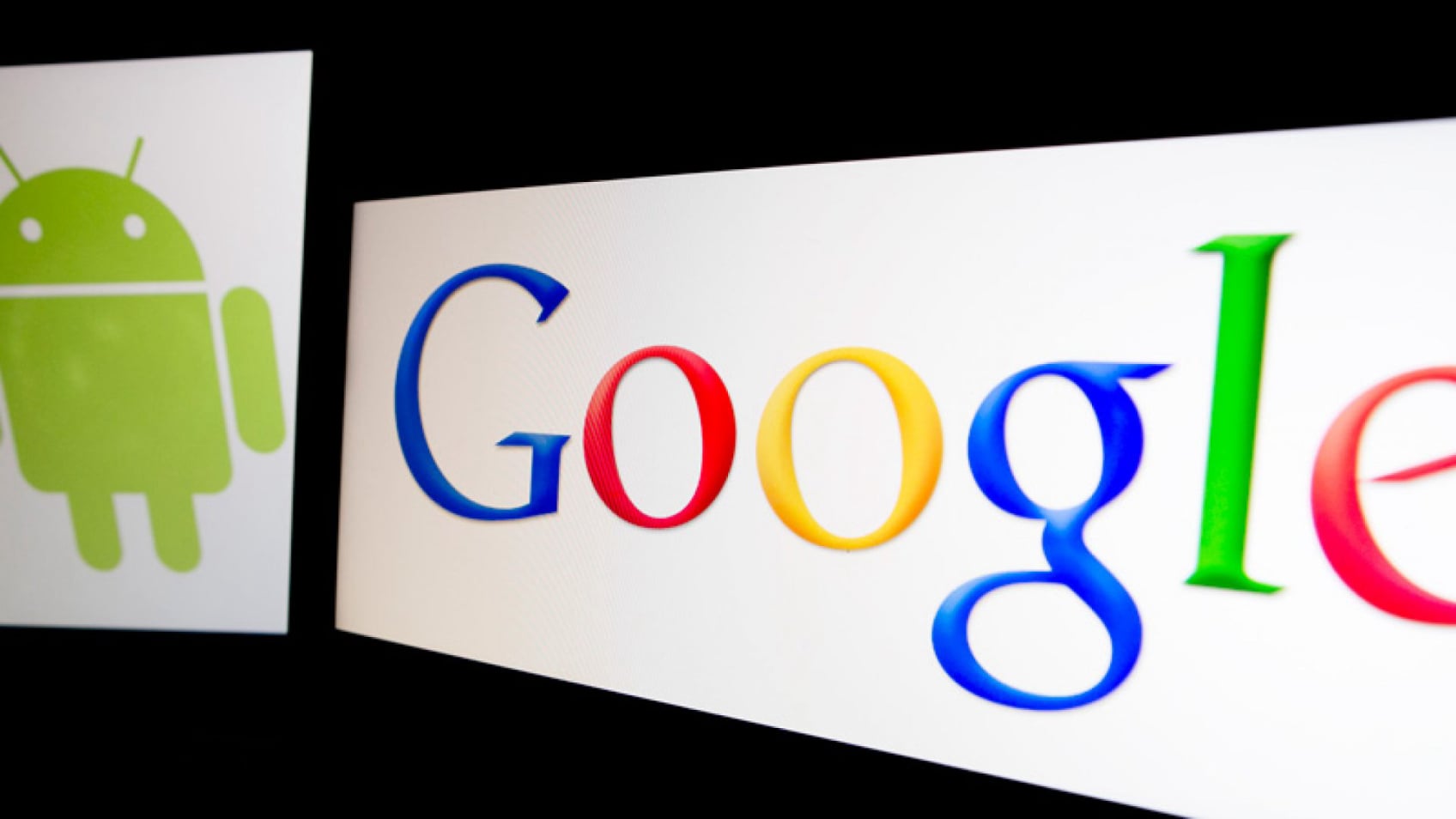
2004, April
Pitch to Investors
The early intentions of the company were to develop an advanced operating system for digital cameras, and this was the basis of its pitch to investors in April 2004. The company then decided that the market for cameras was not large enough for its goals, and five months later it had diverted its efforts and was pitching Android as a handset operating system that would rival Symbian and Microsoft Windows Mobile.
Rubin had difficulty attracting investors early on, and Android was facing eviction from its office space. Steve Perlman, a close friend of Rubin, brought him $10,000 in cash in an envelope, and shortly thereafter wired an undisclosed amount as seed funding. Perlman refused a stake in the company, and has stated "I did it because I believed in the thing, and I wanted to help Andy."
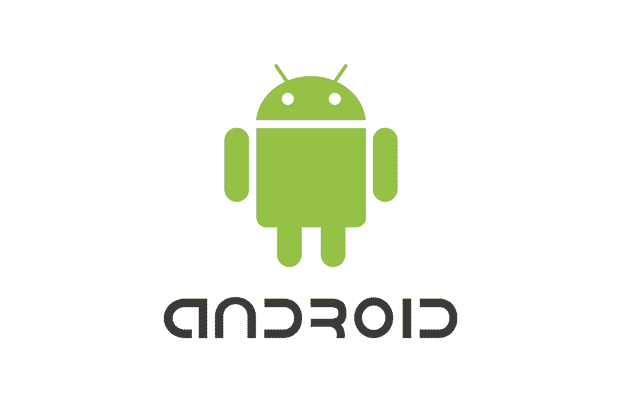
2003, October
Android
The development of Android started in 2003 by Android, Inc.
Android Inc. was founded in Palo Alto, California, in October 2003 by Andy Rubin, Rich Miner, Nick Sears, and Chris White. Rubin described the Android project as having "tremendous potential in developing smarter mobile devices that are more aware of its owner's location and preferences".
